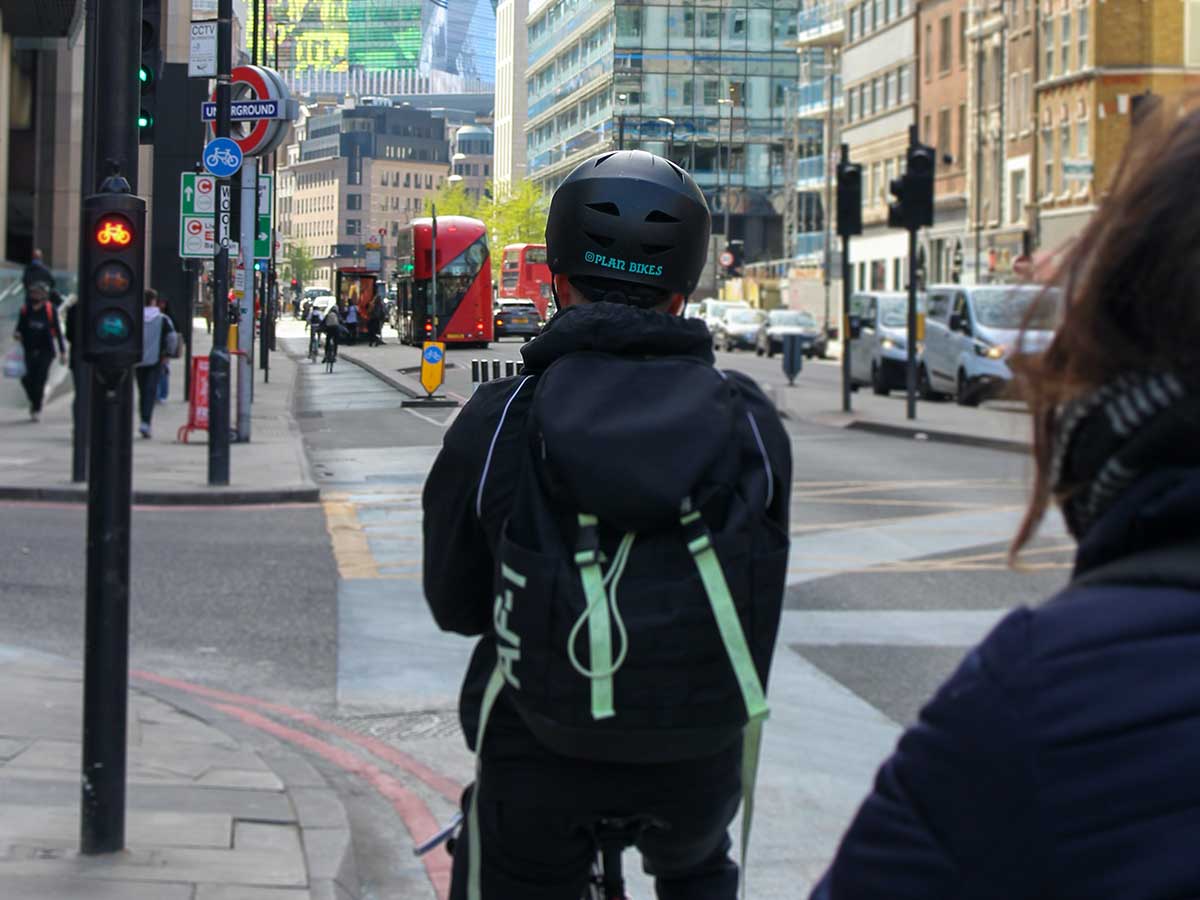
An understanding of the Highway Code is essential for any road user in England, Scotland and Wales. Its aim is to, “promote safety on the road, whilst also supporting a healthy, sustainable and efficient transport system.” Contrary to popular belief many of the rules in the Highway Code are in fact legal requirements and failing to follow them can result in a criminal offence being committed.
Note: Be aware that any rules in the Code using the words “MUST/MUST NOT” are legal requirements and those using “should/should not” or “do/do not” can be used in evidence against you in any court proceedings under road traffic legislation to establish liability. Failure to follow the Code may also be evidence of negligence in the event you are sued by another road user following an accident. Familiarise yourself with the Code as best you can.
We’ve looked at the 10 rules of the Highway Code that every cyclist should know before, but from 29th January 2022 many rules of the Highway Code were changed. Here are 8 changes that we think you should be aware of.
1. Hierarchy of road users (Rule H1)
The latest edition introduces a new ‘hierarchy of road users’ to rank road users according to those most at risk. The idea is to place those road users most at risk in the event of a collision at the top of the hierarchy. According to the Code, the road users most likely to be injured in the event of a collision are pedestrians, cyclists, horse riders and motorcyclists, with children, older adults and disabled people being more at risk.
The Code now says that, “those in charge of vehicles that can cause the greatest harm in the event of a collision bear the greatest responsibility to take care and reduce the danger they pose to others. This principle applies most strongly to drivers of large goods and passenger vehicles, vans/minibuses, cars/taxis and motorcycles.”
Cyclists are reminded of their responsibility to reduce danger to pedestrians.
2. Pedestrian priority at junctions (Rule H2)
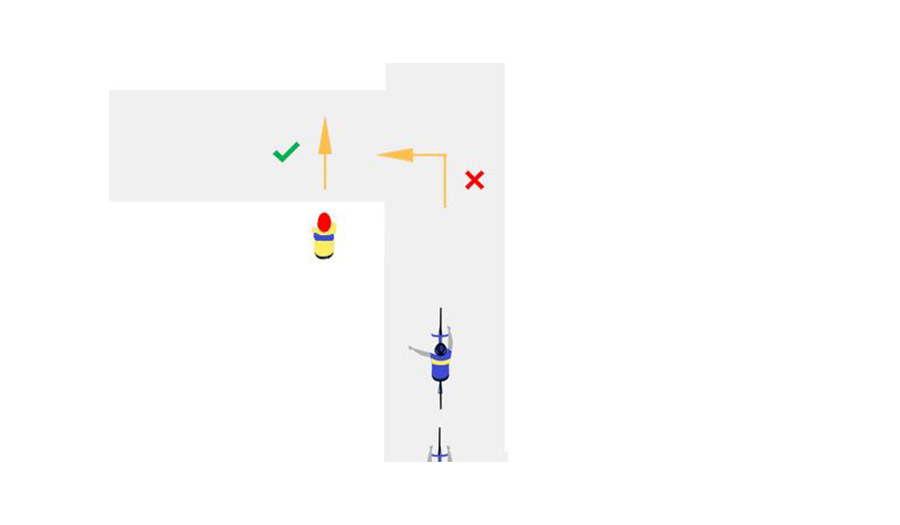
New rules say that pedestrians have right of way when crossing or waiting to cross a road into which or from other road users (including cyclists) are turning. If people have started crossing and traffic wants to turn into the road, the people crossing have priority and the traffic should give way. People driving, riding a motorcycle or cycling must give way to people on a zebra crossing.
3. Riding in the centre of the lane (Rule 72)
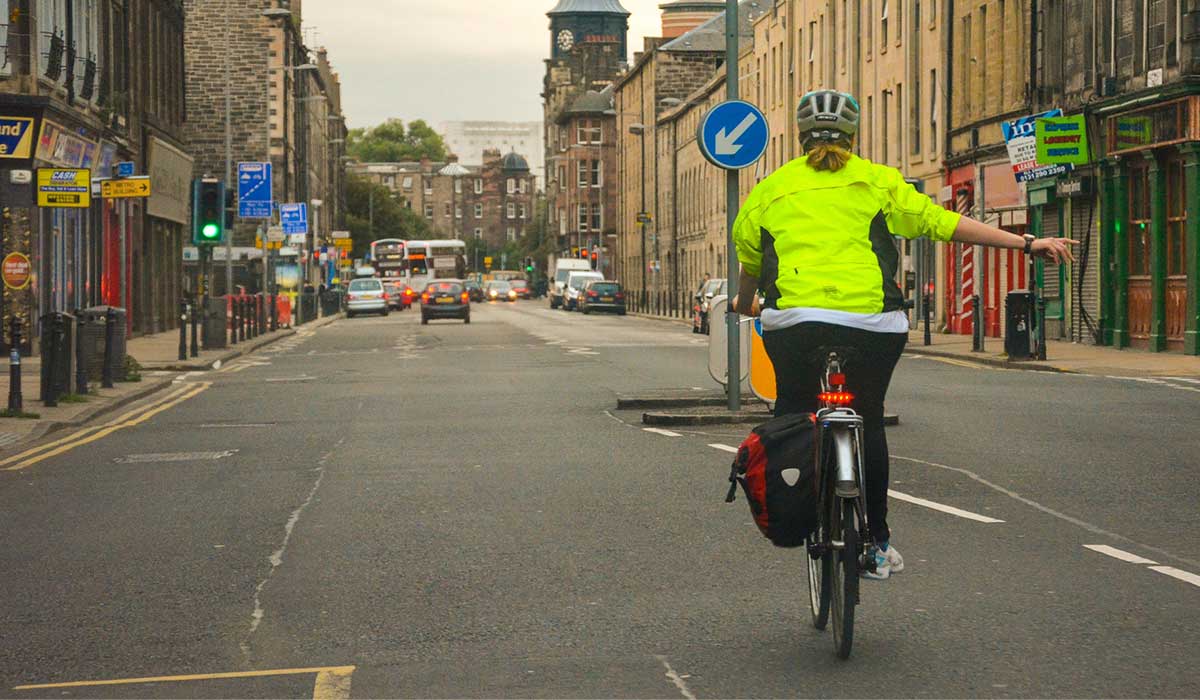
This is a new rule relating to the position cyclists are permitted to take on the road. The Code says there are two basic positions cyclists should adopt depending on the situation:
- Riding in the centre of the lane (not 'the road'), to make yourself as visible as possible, in certain situations (e.g. on quiet roads, in slow-moving traffic and at the approach to junctions)
- Riding at least 0.5 metres away from the kerb edge (and further where it is safer) when riding on busy roads with vehicles moving faster than them.
4. Passing cars on either side (Rule 163)
The new Code confirms that cyclists may pass slow-moving or stationary traffic on the right or left but should, “proceed with caution as the driver may not be able to see you.”
5. Riding two abreast (Rules 66, 213)
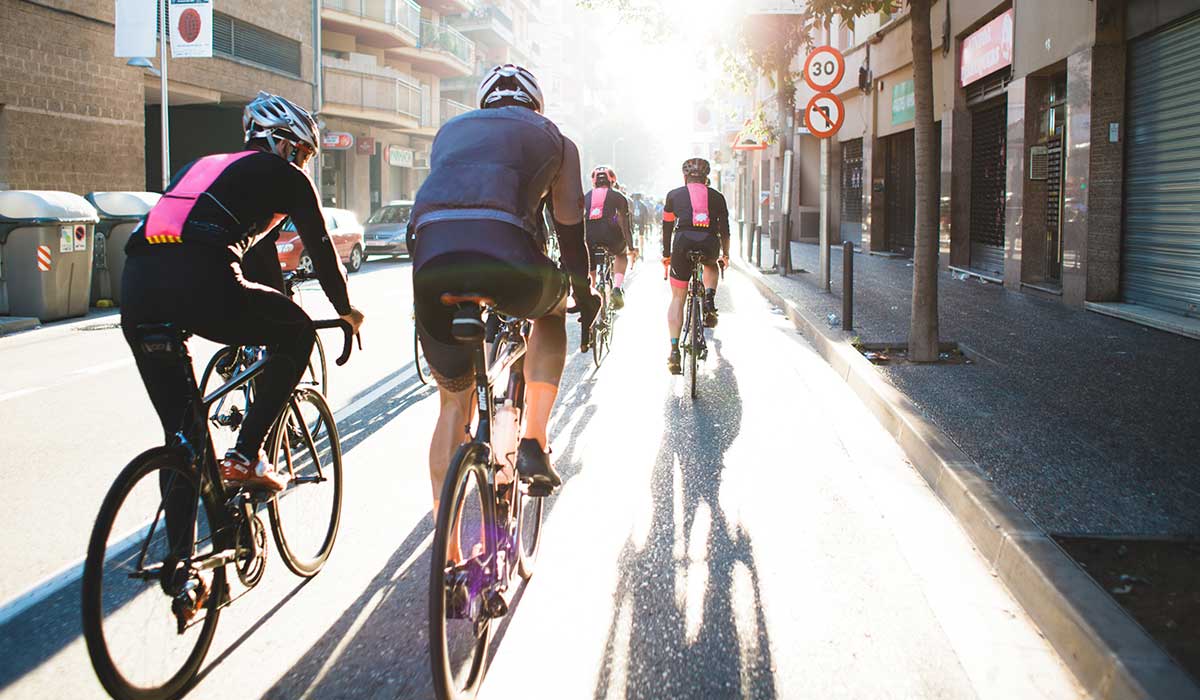
While there has never been a rule against riding ‘two abreast’ (the previous Code said, “you should never ride more than two abreast, and ride in single file on narrow or busy roads and when riding round bends.”), the updated Code makes it clearer saying cyclists can ride two abreast and, “it can be safer to do so.”
Cyclists should be aware of drivers behind them and allow them to overtake by, for example, moving to single file or stopping if it’s safe.
6. The ‘Dutch Reach’ (Rule 239)
The ‘Dutch Reach’ is a technique for drivers to use when leaving their parked vehicle. It’s designed to increase safety and, very simply, it says that drivers should open their car door using their opposite hand to the one that’s closest to the door. Physically, this requires you to turn your head to look over your shoulder and encourages drivers to check if other road users are about to pass them before opening their car door. The new Code recommends drivers do this where they are able to.
7. Requirement to use cycle lanes (Rule 61)
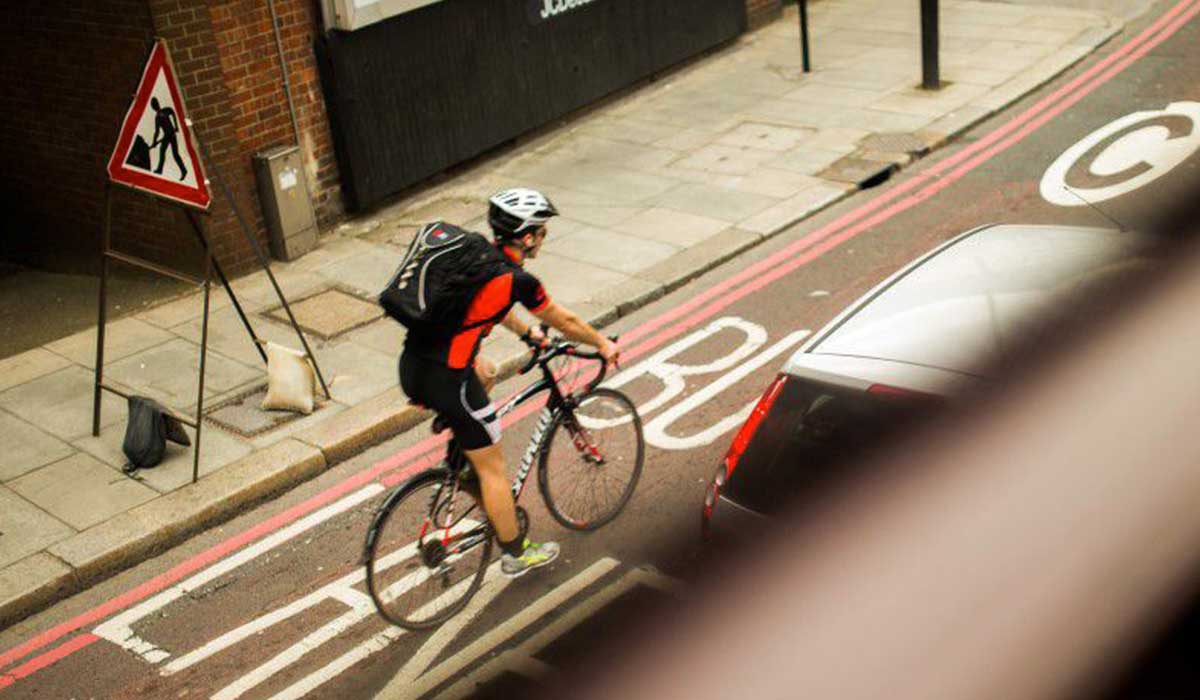
Again, contrary to popular belief, there was no requirement making use of cycle lanes compulsory in the previous version of the Code. The new rules clarify this, saying that cycle lanes can be used where they make your journey safer and easier but, cyclists "may exercise their judgement and are not obliged to use them.”
8. What cyclists should wear (Rule 59)
The previous Code said cyclists should wear “appropriate clothes for cycling” and “light-coloured or fluorescent clothing which helps other road users to see you in daylight and poor light.” The new Code no longer requires that clothes must be appropriate for cycling (or light-coloured or fluorescent) instead saying that light-coloured and fluorescent clothing can make you more visible to other road users.
NB: Avoid anything that can get tangled in your chain or wheels or obscure your lights.
At Pedalsure we're committed to helping you ride safe and smart. Please take a look at the Highway Code as it applies to cyclists and make sure you're up to speed (with the rules). Don't forget we offer some of the most comprehensive insurance for cyclists around, covering you against theft and accidental damage to your bike, against personal injury, claims from third parties, and loads more. Get a quote today.
